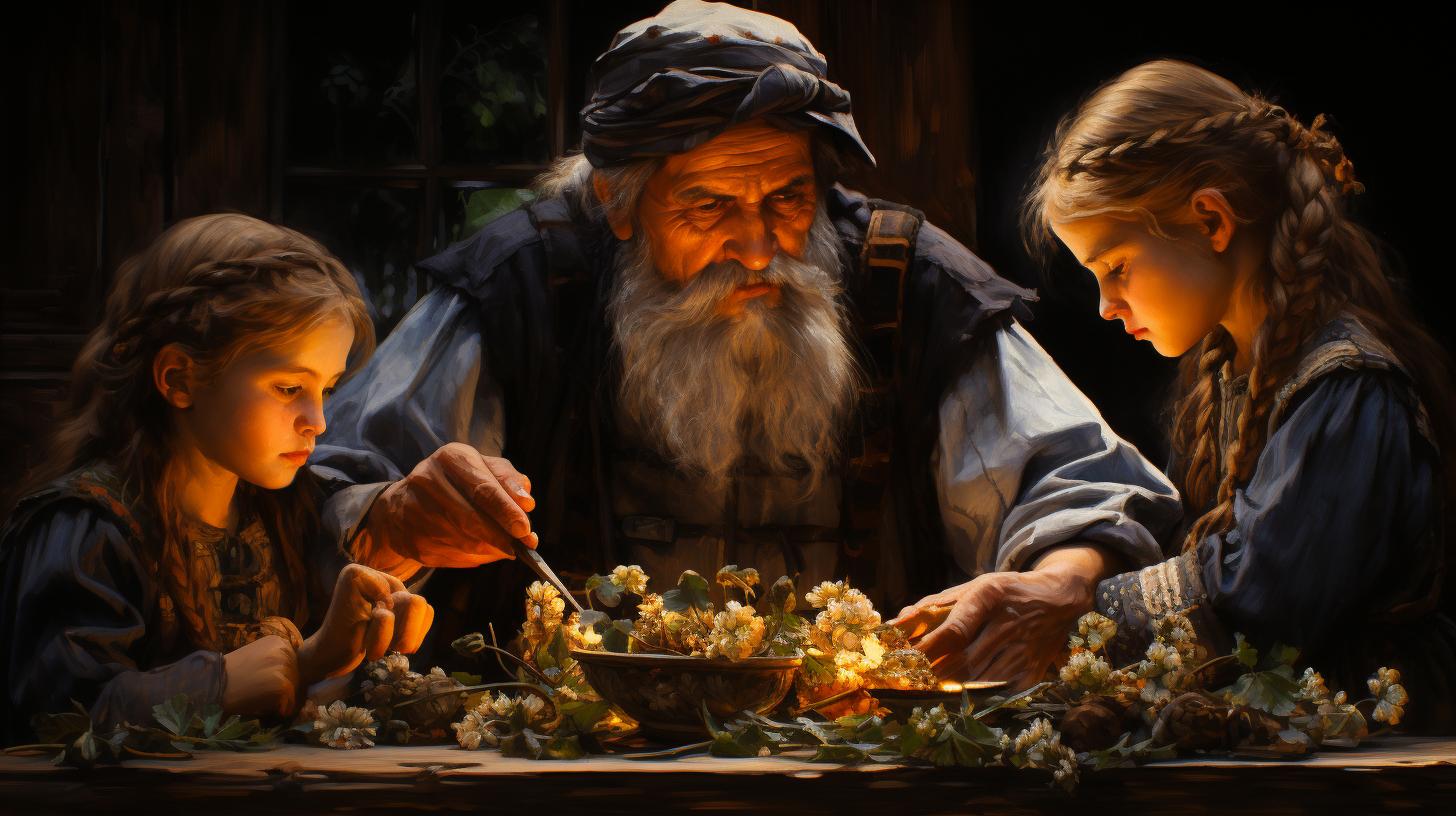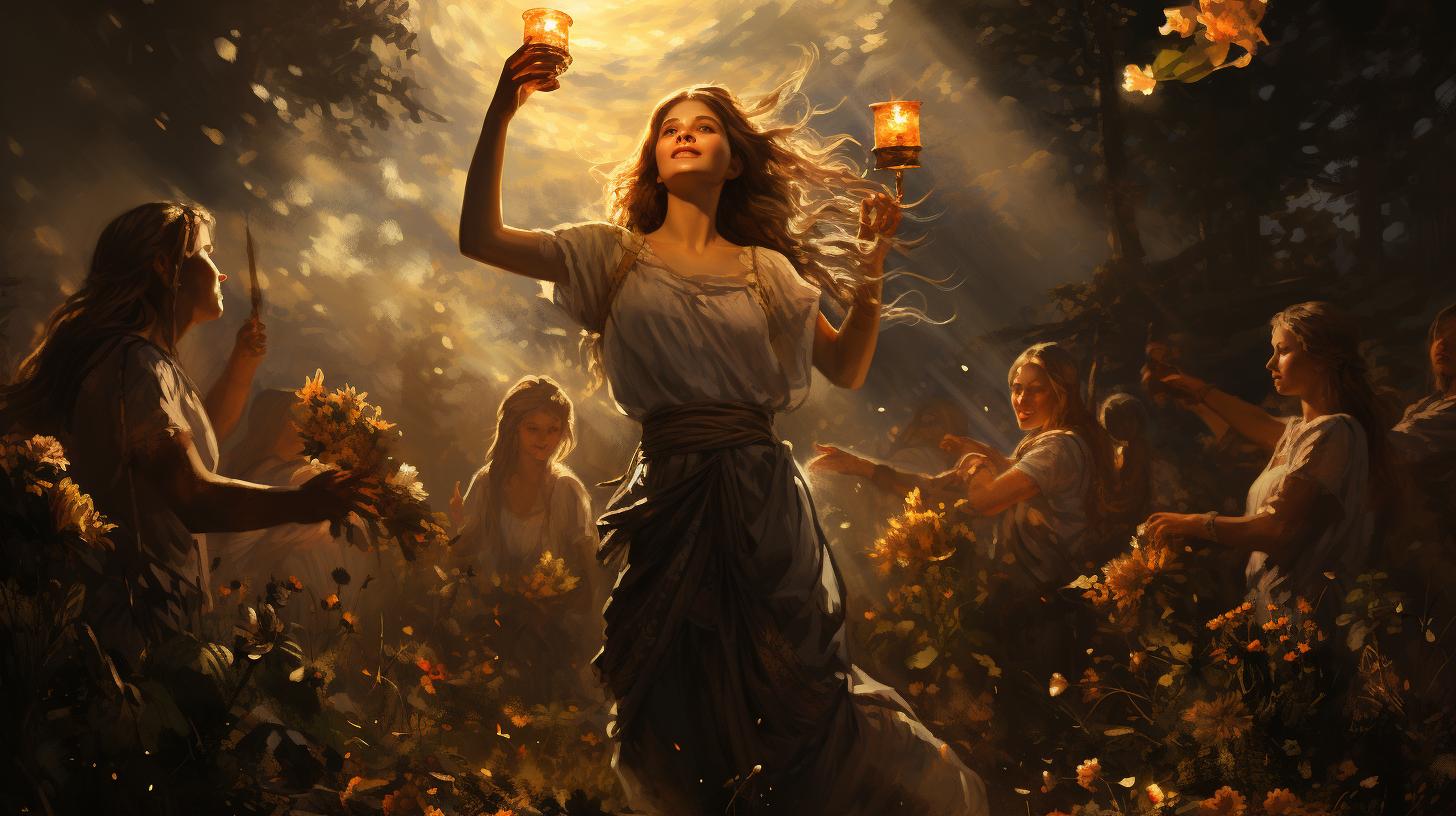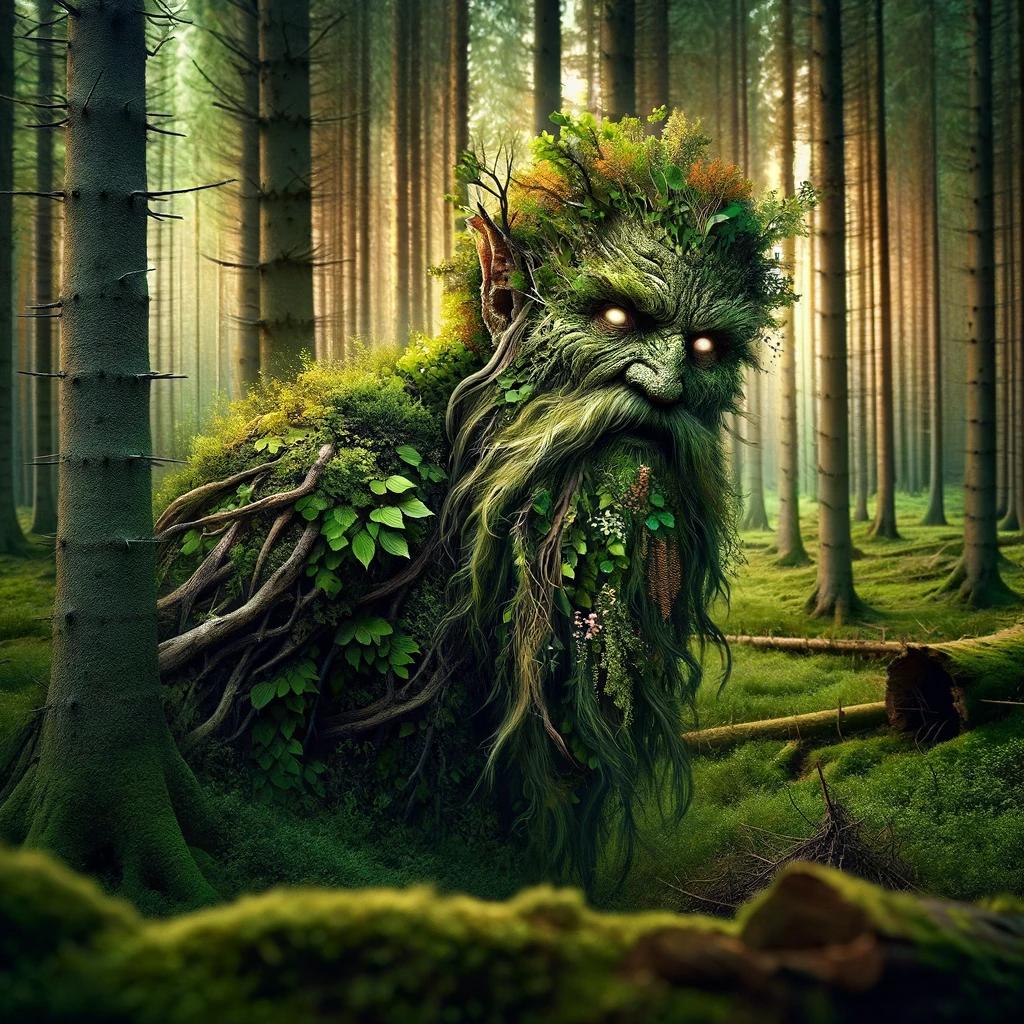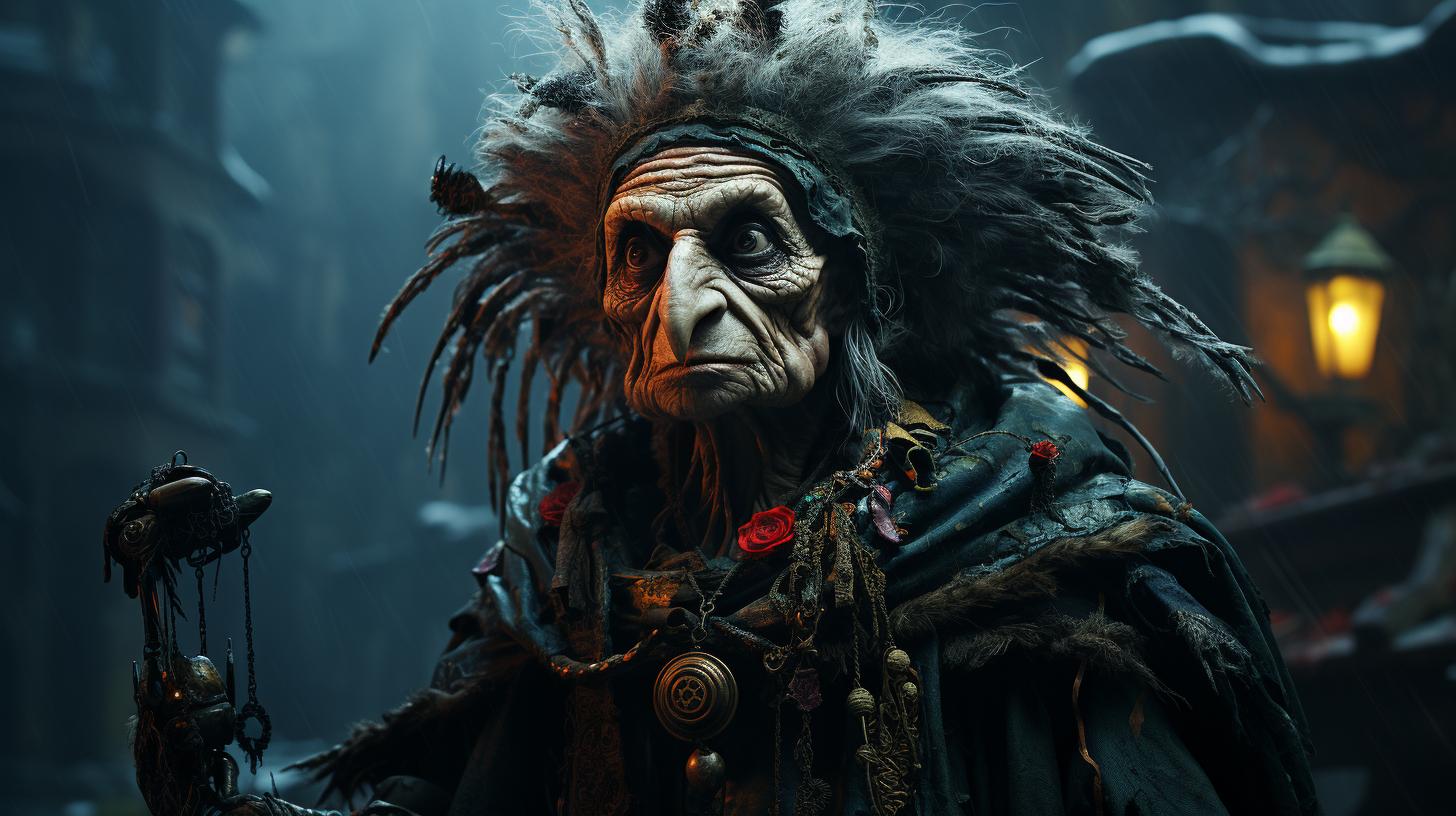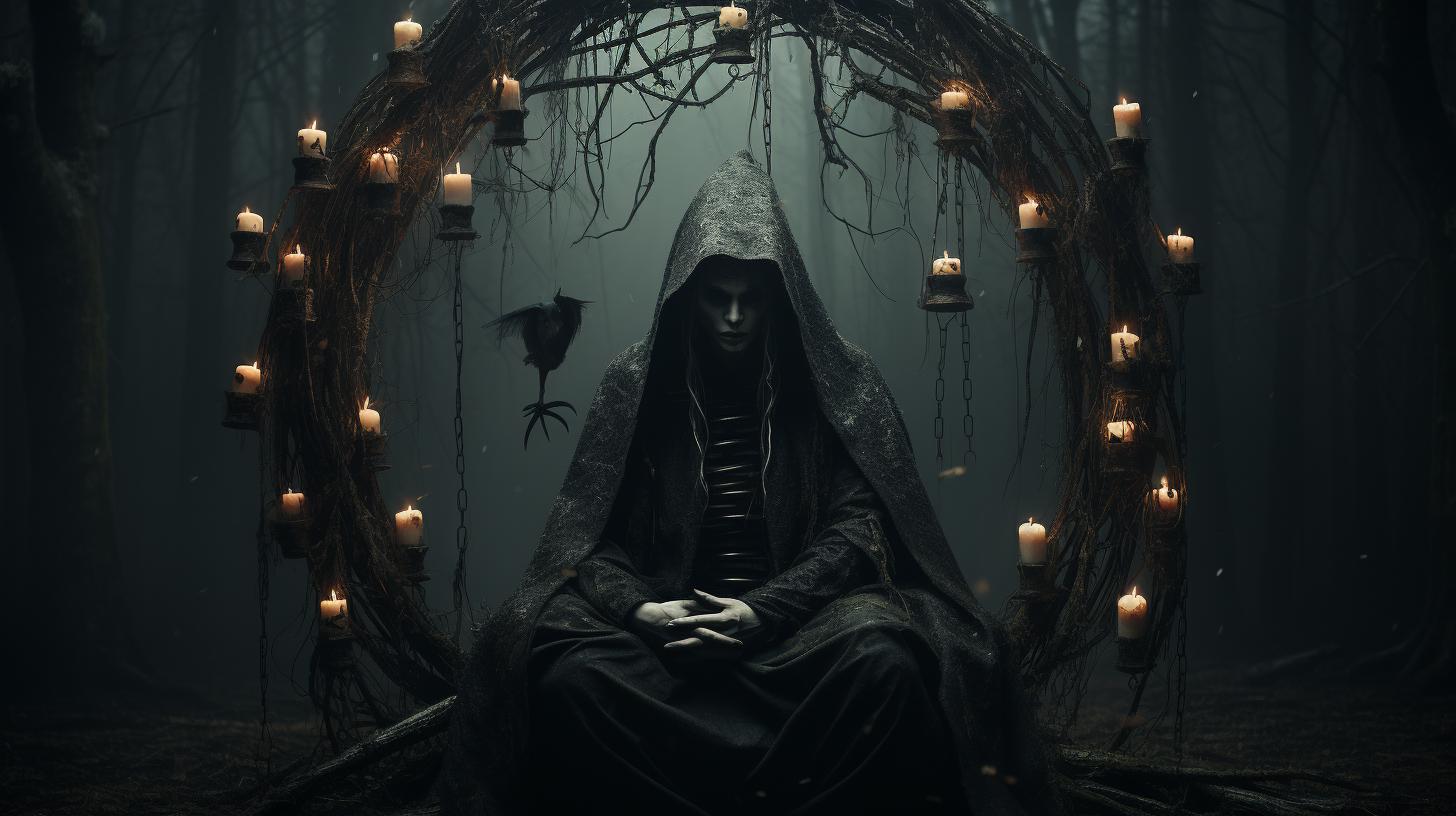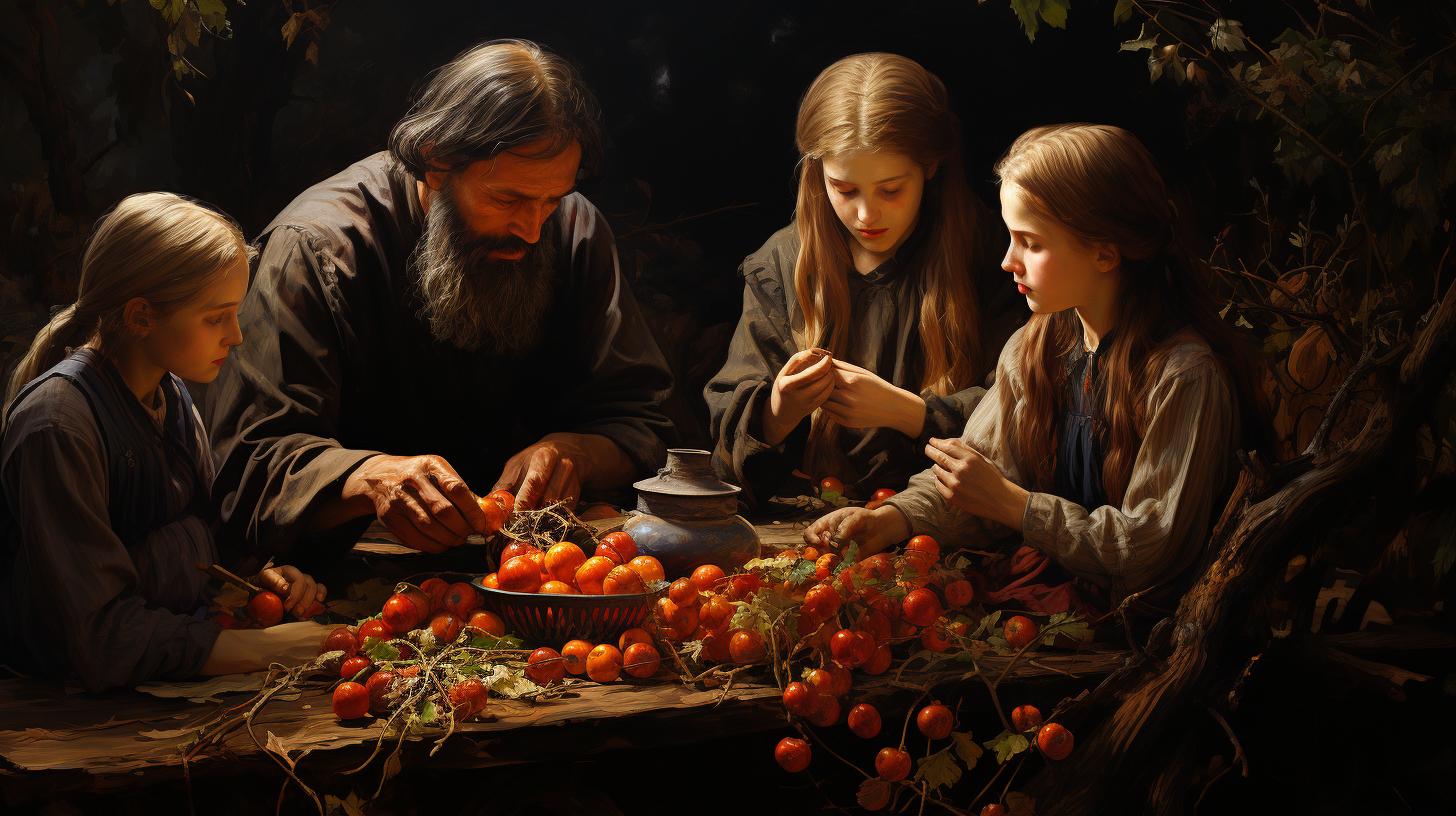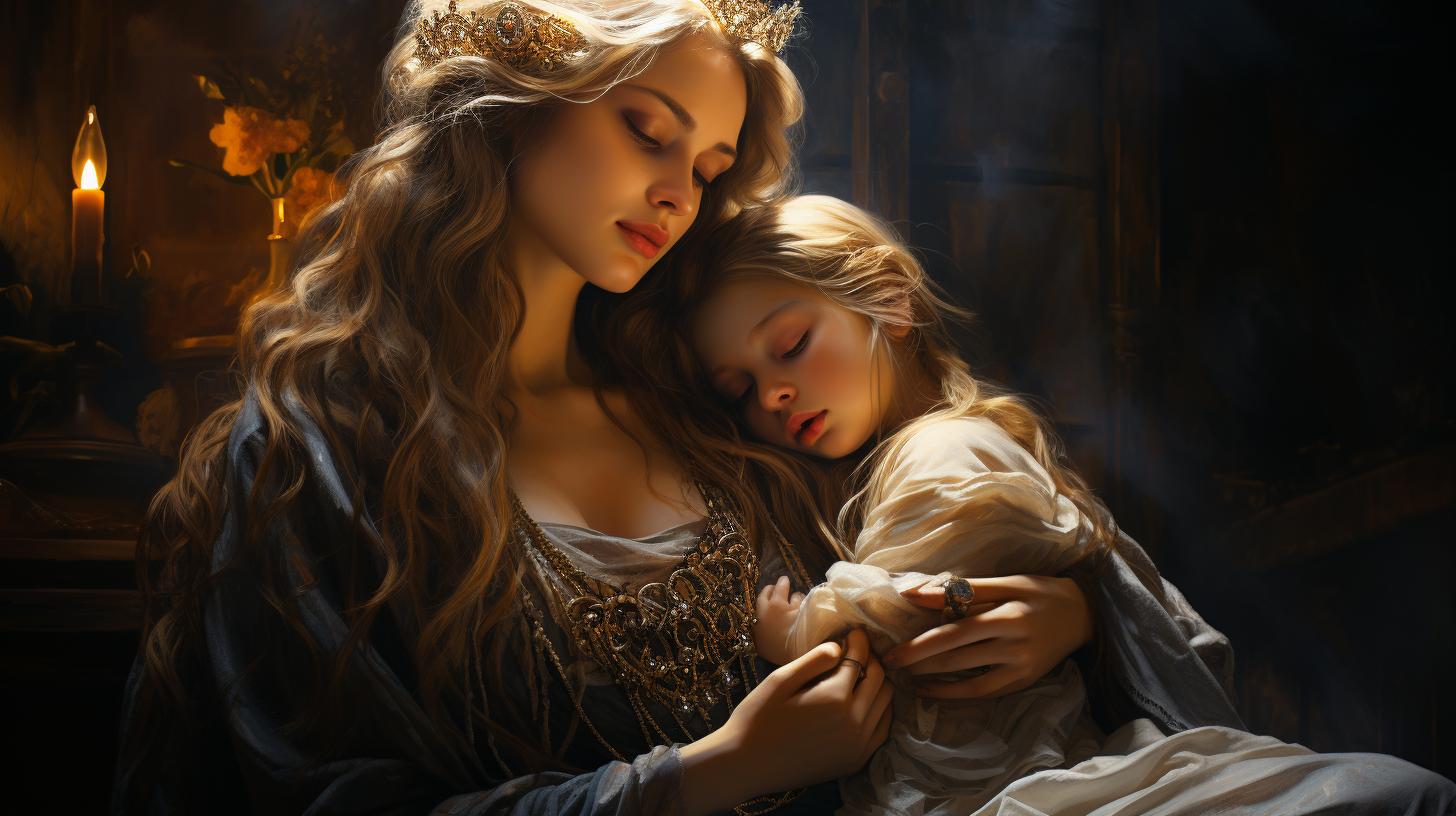Vodyanoy Mythology: Exploring the Enigmatic Water Spirit
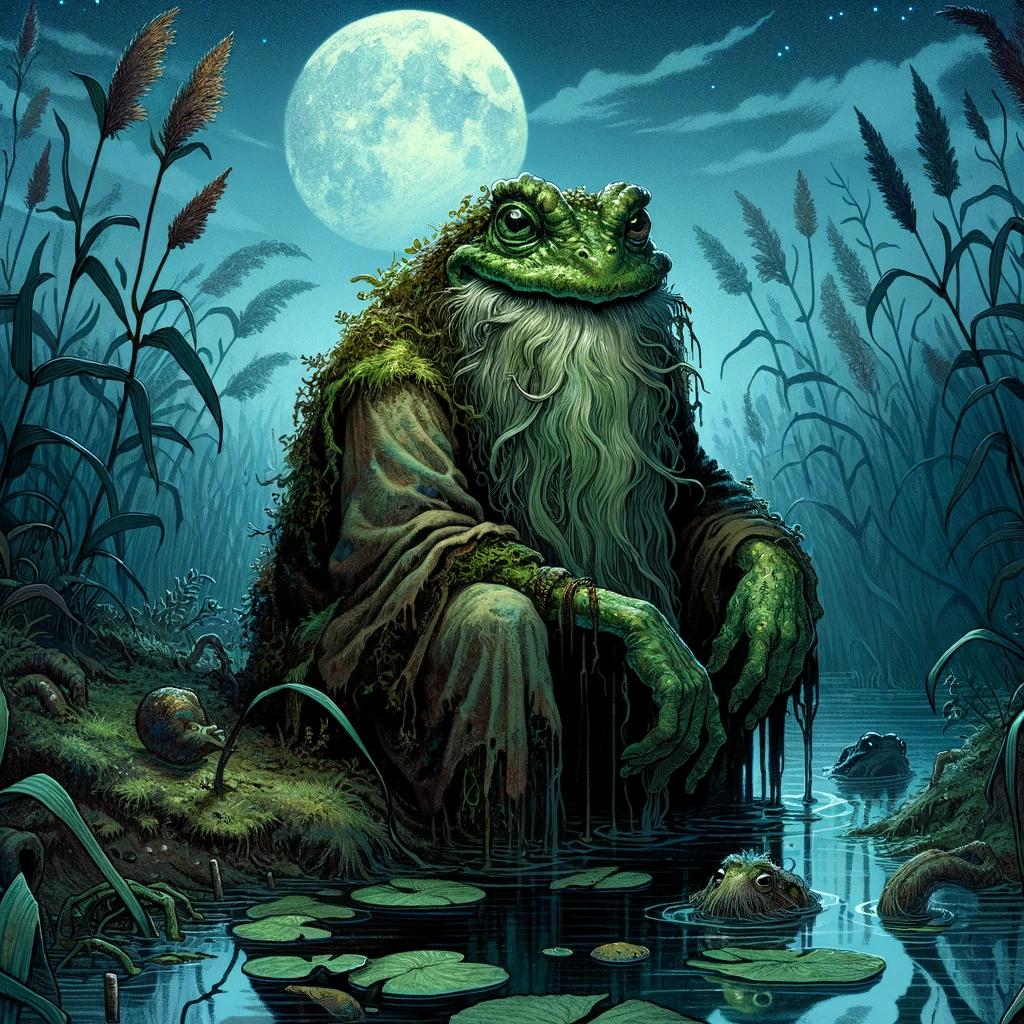
Vodyanoy mythology is a fascinating aspect of Slavic folklore. This enigmatic water spirit, depicted as an elderly figure with frog-like features, has captivated people’s imaginations for centuries. Known for its dangerous nature and association with drownings, Vodyanoy is appeased through rituals and offerings.
Other water spirits, such as Bolotnik and Vodyanitsa, also exist in Slavic mythology. Additionally, similar water spirits can be found in different cultures worldwide, each with their own unique traits.
Understanding the origins, legends, and rituals associated with Vodyanoy and other water spirits provides insight into these captivating mythological beings.
The Origins of Vodyanoy Mythology
Vodyanoy, a prominent figure in Slavic folklore, has fascinated people for centuries with its mysterious origins and rich mythology. The roots of Vodyanoy mythology can be traced back to ancient Slavic beliefs and the reverence for natural elements, particularly water.
Water, as a life-giving and powerful force, was personified in various mythologies around the world, and Slavic culture was no exception.
The origin story of Vodyanoy often varies in different regions, with each community adding its own unique elements to the narrative.
However, a common theme revolves around Vodyanoy being an ancient water spirit, closely tied to rivers, lakes, and other bodies of water. According to Slavic mythology, Vodyanoy was born from the spirits of drowned souls, embodying their restless energy and becoming the guardian of waterways.
As time passed, Vodyanoy became an integral part of Slavic folklore, with stories and legends passed down through generations. The mythology surrounding Vodyanoy served as a means to explain the unpredictable and sometimes dangerous nature of water, as well as to emphasize the importance of respect and appeasement towards the spirit.
The influence of Vodyanoy mythology extended beyond the folklore itself and seeped into various aspects of Slavic culture. It found its place in literature, music, and visual arts, serving as a symbol of the innate connection between humans and the natural world.
The stories and legends surrounding Vodyanoy continue to captivate and inspire awe, maintaining a significant presence in Slavic cultural heritage.
The Legend of Vodyanoy: An Enigmatic Water Spirit
Vodyanoy, an intriguing figure in Slavic folklore, embodies the essence of a mysterious water spirit. This enigmatic being possesses unique characteristics and captivating powers that have fascinated people for centuries. Let us delve into the legend of Vodyanoy, exploring its appearance, intriguing characteristics, and the varied depictions of this legendary creature in literature, music, and film.
Appearance and Characteristics of Vodyanoy
Vodyanoy is often depicted as an elderly figure, unclothed, with a face resembling that of a frog. His distinct features include a verdant beard, long hair, and a body covered in algae, mud, and scaly black fish-like skin.
With webbed, palm-like feet, a fish tail, and gleaming ember-like eyes, Vodyanoy presents us with a truly fascinating and one-of-a-kind appearance.
Vodyanoy’s Mysterious Powers and Behavior
According to Slavic mythology, Vodyanoy travels in a partially submerged log, often making loud splashes in its river domain. Beware, for this water spirit is considered dangerous, known to cause local drownings.
In moments of wrath, Vodyanoy can break dams, drag watermills, and drown both humans and animals. Fishermen, millers, and beekeepers pay homage to Vodyanoy through sacrifices, seeking to appease his anger.
It is said that he even seizes humans, compelling them to serve as his underwater slaves.
Depictions of Vodyanoy in Literature, Music, and Film
Vodyanoy’s captivating presence in Slavic mythology has permeated popular culture, finding representation in various forms of artistic expression. Composers, such as Antonín Dvořák, have composed symphonic poems like ‘Vodník,’ paying homage to this mythical creature.
Vodyanoy has also made appearances in novels by authors like China Miéville and Larry Correia. Furthermore, the water spirit has found a place in the world of cinema, with the Netflix series ‘Legend Quest’ featuring its intriguing presence.
These diverse cultural references keep Vodyanoy alive in the modern imagination.
Vodyanoy stands as an influential and captivating figure in Slavic mythology. Through the exploration of its appearance, distinctive traits, and cultural depictions, we gain a deeper understanding of this enigmatic water spirit, leaving us with a lingering intrigue and appreciation for the rich tapestry of Vodyanoy mythology.
Other Water Spirits in Slavic Mythology
Slavic mythology is abundant with captivating water spirits, and Vodyanoy is just one of them. However, there are other intriguing beings that hold a significant place in this mythology, each with its own unique characteristics and tales.
Let’s explore two notable water spirits: Bolotnik and Vodyanitsa.
Bolotnik: The Swamp Dweller
In Slavic folklore, Bolotnik is considered a relative of Vodyanoy and is known as the dwellers of swamps. This elderly figure, adorned with green beard, scales, and algae-covered body, possesses a special danger for those who dare to play the shepherd’s flute during the night.
Bolotnik, reminiscent of the murky wilderness, embodies the mystical essence of swamp lands, captivating the imagination of those who encounter his presence.
Vodyanitsa: The Beautiful Water Maiden
Described as a stunning maiden with flowing green hair, Vodyanitsa is often believed to be the wife of Vodyanoy. She manifests in various forms, such as a golden fish or a white swan.
While generally considered a harmless spirit, Vodyanitsa can be mischievous, damaging fishing nets and sabotaging water mill wheels. Her enchanting beauty hides an unpredictable nature, adding an element of uncertainty to encounters with this water spirit.
These water spirits, Bolotnik and Vodyanitsa, offer intriguing glimpses into the rich tapestry of Slavic mythology. Through their distinctive attributes and fascinating tales, they contribute to the captivating world of water spirits that have captured the imaginations of people for generations.
Similar Water Spirits in Different Cultures
Water spirits can be found in various mythologies and folklore around the world, each with their own distinct characteristics and stories. Let’s explore a few examples of similar water spirits in different cultures.
Vodníci: Czech and Slovak Water Sprites
In Czech and Slovak folklore, Vodníci are water sprites that inhabit rivers, lakes, and ponds. They are depicted as old men with webbed feet and fish tails, similar to Vodyanoy in Slavic mythology.
These mischievous beings can bring both fortune and misfortune to those who encounter them.
Legends tell of Vodníci luring people into the water and drowning them if they disrespect their domain.
They are known to steal livestock, play pranks on humans, and possess the ability to control water currents. To appease them, offerings of bread, fish, and tobacco are made in riverside rituals.
Rusalka: Water Nymphs in Russian Folklore
Rusalkas are water nymphs in Russian folklore, associated with rivers, lakes, and marshes. They are often depicted as beautiful young women with long hair and pale skin. Like Vodyanitsa, the water maiden in Slavic mythology, Rusalkas can appear as fish-like creatures or swans.
These enchanting spirits are believed to drown men and lure them underwater with their captivating songs and dances. They are also associated with fertility, and it is said that they bless those who offer them silver items or bread in rituals held near bodies of water, particularly during the summer solstice.
Striga: Witcher Tales of Water Spirits
In the world of “The Witcher” series, Strigas are water spirits that haunt lakes, rivers, and swamps. These cursed creatures are formed when a young girl dies a violent death near water and returns as a vengeful spirit.
While Strigas primarily prey on humans, they are known to attack animals as well.
Strigas are characterized by their pale, bloated appearance and their insatiable hunger for blood. Commonly associated with drownings and mysterious disappearances, they are feared by the local populations.
Witchers, skilled monster hunters, are often called upon to rid communities of these dangerous water spirits.
- Vodníci: Czech and Slovak Water Sprites
- Rusalka: Water Nymphs in Russian Folklore
- Striga: Witcher Tales of Water Spirits
This only scratches the surface of the many fascinating water spirits found in different cultures.
Each with their own unique characteristics and lore, these spirits add to the richness and diversity of mythological traditions worldwide.
Rituals and Offerings to Appease Water Spirits
Within the realm of Vodyanoy mythology, appeasing water spirits plays a crucial role in maintaining harmony and warding off their malevolent actions. These rituals and offerings can vary across different regions, reflecting unique customs and beliefs.
Let’s explore the regional variations in appeasing water spirits and the common offerings and sacrifices that are made.
Regional Variations in Appeasing Water Spirits
The practice of appeasing water spirits takes on different forms depending on the region within Slavic folklore. In some areas, people engage in ceremonial dances or songs to honor the water spirits, while in others, specific prayers or invocations are recited.
These regional variations highlight the diversity in cultural practices and beliefs surrounding these mystical entities.
Common Offerings and Sacrifices
To pacify water spirits and seek their protection, various offerings and sacrifices are presented as a gesture of respect and reverence. Among the commonly made offerings are bread, butter, salt, vodka, tobacco, honey, and beeswax.
Additionally, generous offerings such as fat pigs and ram heads have been made to appease these powerful entities.
Some unique rituals include burying animals in the foundations of mills or pushing intoxicated individuals into ponds as offerings.
These practices aim to satiate the water spirits and ensure their goodwill, preventing them from causing harm or disturbance.
By understanding the rituals and offerings associated with appeasing water spirits in Slavic mythology, we gain insight into the deep respect and fear these entities evoke in the hearts of those who rely on the waters for their livelihoods.
The customs and sacrifices made are a testament to the enduring belief in the power and influence of these enigmatic beings.
.











